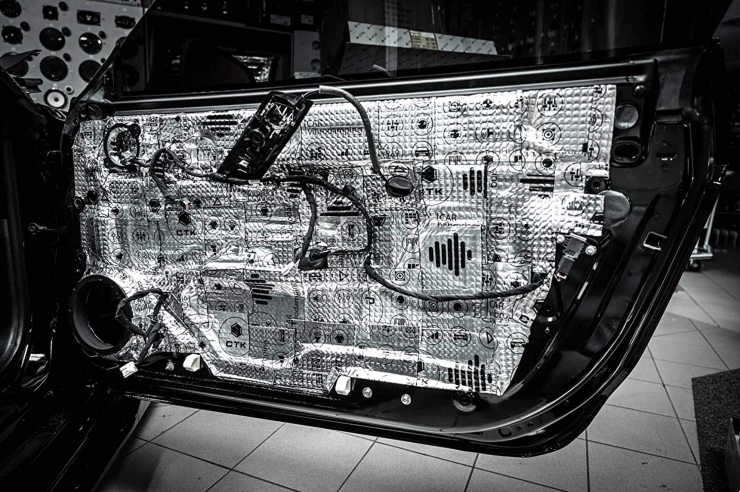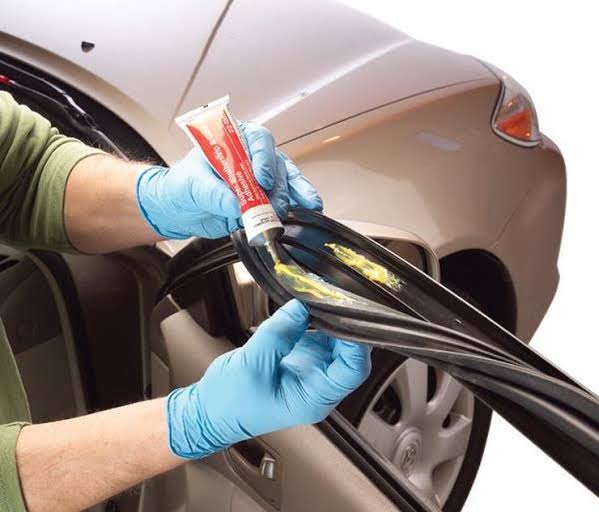Noise can be deafening, and there are no silent zones in India, so ambient noise can irritate you. Most of us believe that the noise from the engine is the only one that enters the cabin before we start driving. However, the more you drive your automobile, the more you become aware of the many types of noises that are generated by a variety of reasons. While it may appear that you have no control over these noises, you can minimise them and make your vehicle’s interior a more relaxing place to be sat.
Let’s start with one of the most typical causes of annoying noises in the car’s interior: wind. In comparison to hatchbacks and sedans, wind noises are more noticeable in SUVs and MPVs; the more aerodynamic the vehicle, the less wind noise it produces inside. If you’re still concerned by wind noises in your car, weather-stripping tape or seals can be installed on the door frames.

Let’s start with one of the most typical causes of annoying noises in the car’s interior: wind. In comparison to hatchbacks and sedans, wind noises are more noticeable in SUVs and MPVs; the more aerodynamic the vehicle, the less wind noise it produces inside. If you’re still concerned by wind noises in your car, weather-stripping tape or seals can be installed on the door frames.
Then there are the road noises that leak into the cabin, which are more noticeable at greater speeds due to the type of surface or the state of your car’s tyres. Softer compound tyres with a thicker sidewall make less tyre noise, but they are more expensive and have a shorter life duration than hard compound tyres. Installing dampening material on the doors and roof liner, as well as spraying a coat of rubberized underbody coating, are further options.
The addition of a sound deadening material guarantees that less noise enters the cabin. Dynamat has materials that can be put to the doors, floor, roof lining, and firewall. It significantly decreases wind noise. Affordable automobiles frequently have inadequate door seals, allowing air to enter the cabin. Weather-stripping seals can be installed on the car’s door frames to ensure that only a little amount of air enters the cabin.

Your car parts like engine, suspension and exhaust can create noises as well. The engine noises can be controlled by using good quality synthetic oils and servicing the vehicle from time to time, such as check-ups of engine mounts and the condition of powertrain components. The faulty components can either be replaced or rectified if needed.
Vehicles, particularly cars, now have substantially quieter exhaust notes as a result of the implementation of BS6 emission standards. Due to corrosion, the exhaust mufflers can develop tiny holes over time. If you notice a change in your vehicle’s exhaust note, you should have the exhaust mufflers checked and any pores or holes repaired. Ball joints, link rods, shocker bolts, and steering ends are all important sources of unpleasant suspension noises that should be maintained and repaired on a regular basis.

Finally, as a car ages, many interior elements such as the inner door panels, dashboard, and parcel compartment begin to rattle. Finding the specific location where the noise originates can be difficult at times. In such instances, it is preferable to get guidance from an expert technician and have the noises dampened appropriately.







